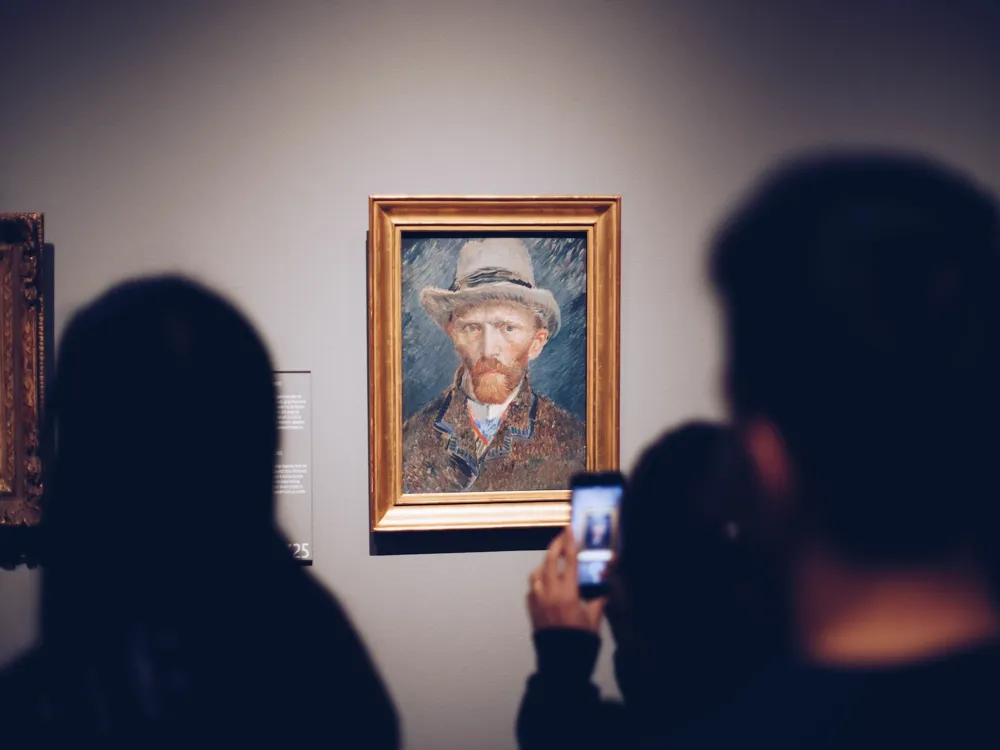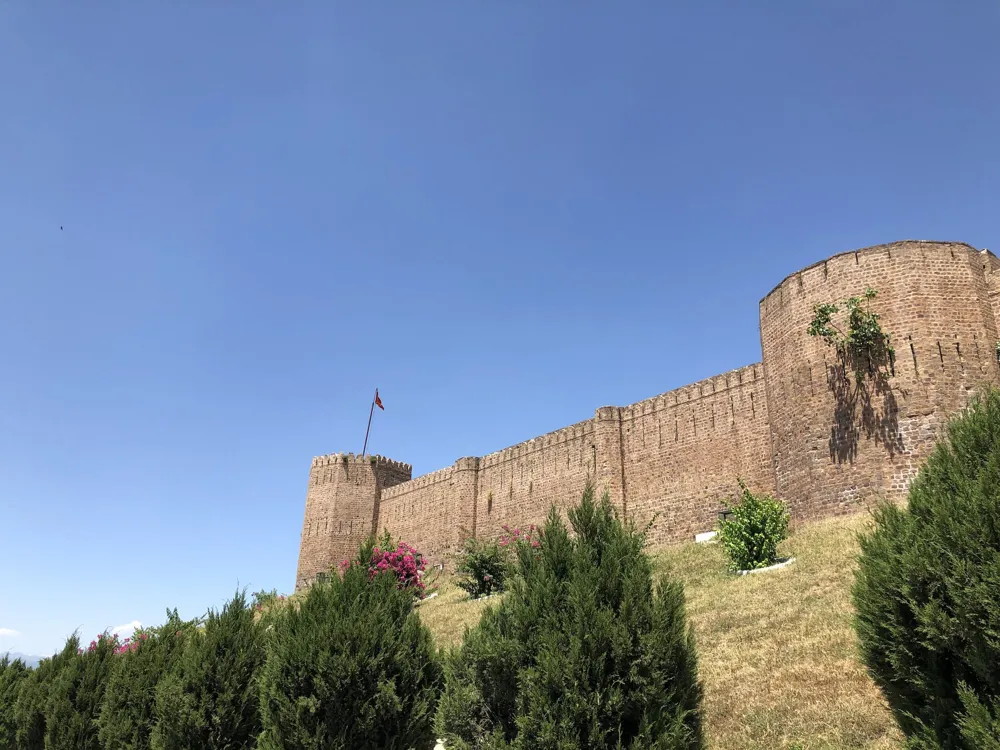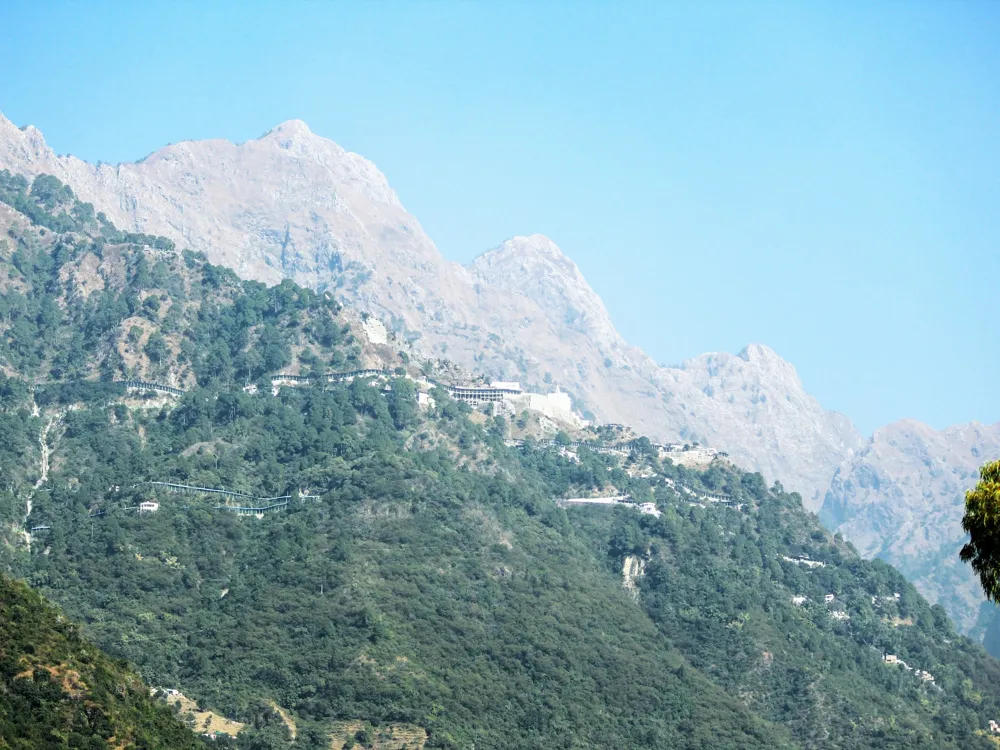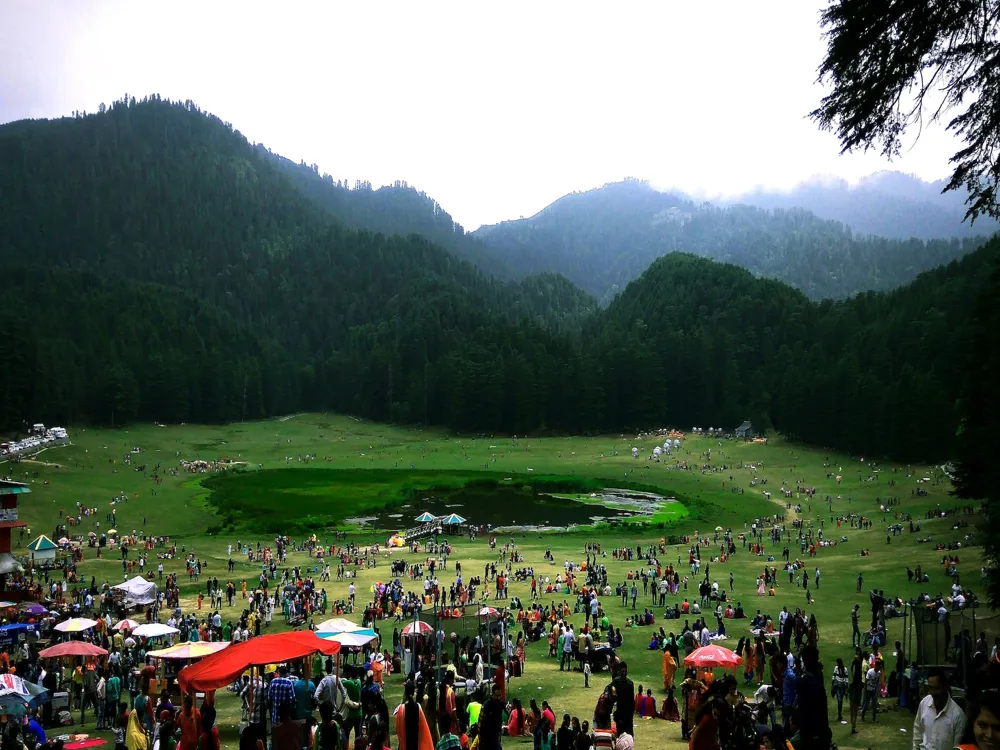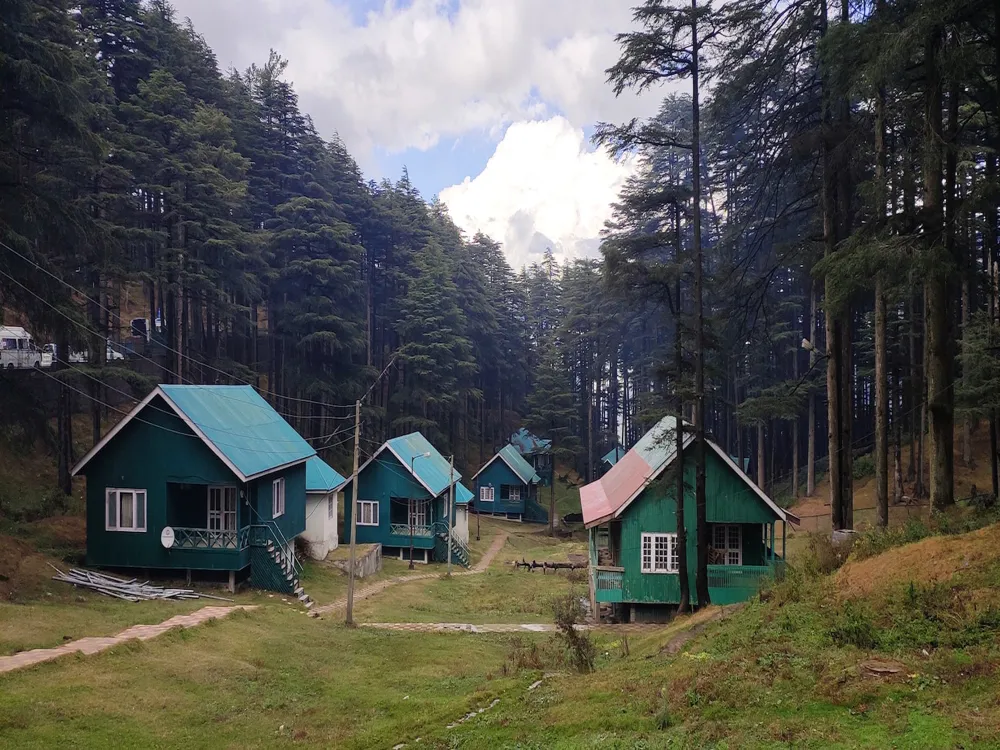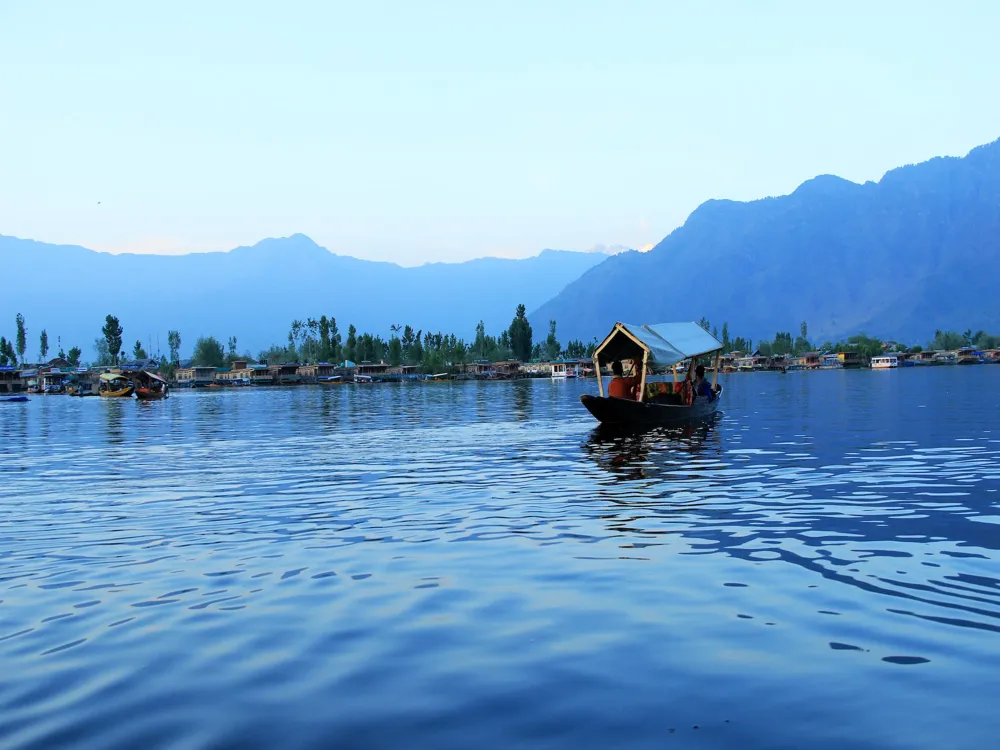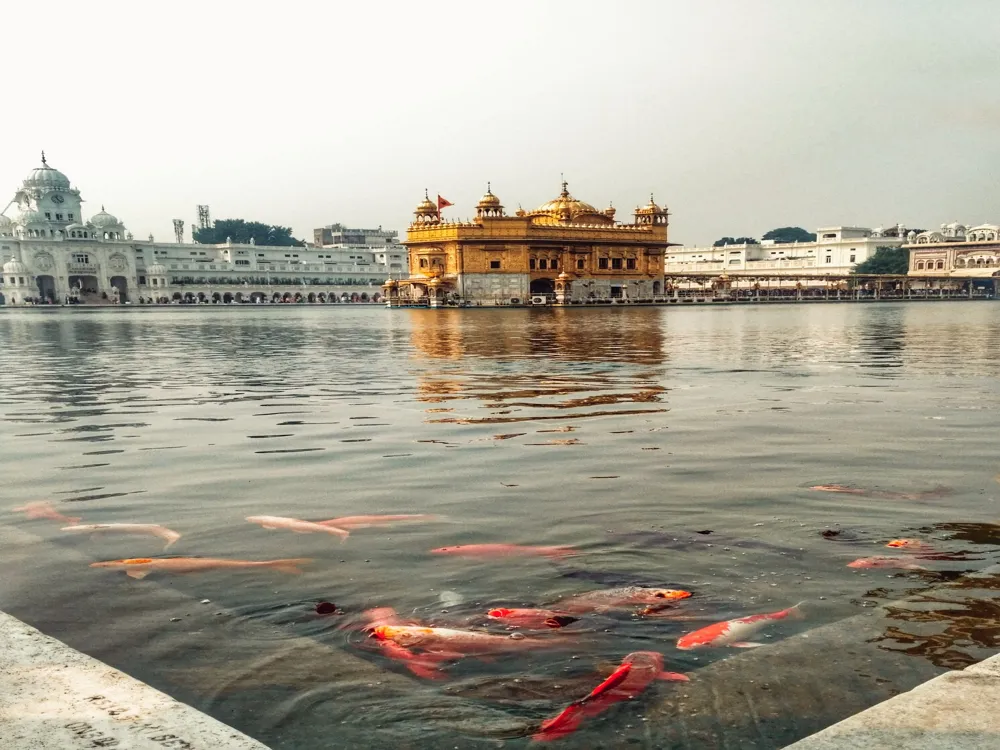Gole Market, a distinguished landmark in Jammu, Jammu and Kashmir, stands as a testament to the rich cultural and historical heritage of the region. This bustling market, located in the heart of Jammu, is not just a shopping destination but a mosaic of cultural diversity and historical narratives. The market established decades ago, has grown to be a central hub for both locals and tourists alike, offering a variety of goods ranging from traditional handicrafts to modern merchandise. The significance of Gole Market lies not only in its commercial value but also in its role as a cultural melting pot. It is a place where people from various backgrounds converge, bringing together a blend of different cultures, traditions, and cuisines. This market is a lively space where the old meets the new, and traditional practices coexist with modern trends. Here, one can find a wide array of items including authentic Kashmiri handicrafts, exquisite Pashmina shawls, intricately designed carpets, and a plethora of other goods that reflect the rich artisanship of the region. The architecture of Gole Market, which will be discussed in detail in the following section, adds to its charm and attracts a multitude of visitors each day. The market's layout, design elements, and the surrounding structures speak volumes about the architectural evolution of the region. It is not just a market; it is a canvas that displays the artistry and architectural ingenuity of Jammu and Kashmir. Moreover, Gole Market is not just about shopping; it's a sensory experience. The aromas of local spices, the vibrant colors of the textiles, the sounds of bustling crowds, and the taste of traditional Kashmiri cuisine create a symphony that enriches the visitor's experience. It's a place where memories are made and stories are woven into the fabric of everyday life. In the subsequent sections, we will delve deeper into the architectural marvel that is Gole Market, provide essential tips for visiting, and guide you on how to reach this iconic destination. The architecture of Gole Market is a fascinating blend of traditional Kashmiri styles mixed with influences from various eras of Indian history. The structures within the market are characterized by intricate carvings, ornate balconies, and elaborate wooden facades that are typical of Kashmiri architectural aesthetics. The market's design is not just about aesthetic appeal but also about functionality and sustainability, reflecting the wisdom of traditional architectural practices. One of the most striking features of Gole Market's architecture is the use of local materials like wood, stone, and brick, which not only gives it a distinctive look but also helps in maintaining the ecological balance. The buildings in the market are predominantly made of wood, a common feature in Kashmiri architecture, and are known for its insulation properties. This is particularly important in a region with a climate as varied as that of Jammu and Kashmir. The market's layout is another aspect of its architectural brilliance. Designed to accommodate a large number of shops and stalls, the market is laid out in a manner that facilitates easy movement and interaction among shoppers and shopkeepers. The open spaces and courtyards within the market are not just functional spaces but also serve as gathering spots for the community, thus fostering a sense of togetherness and belonging. Moreover, the influence of Mughal architecture is evident in the market's design, with its domes, arches, and minarets that add to its grandeur. These elements are not just decorative but are reflective of the rich history and cultural amalgamation that Jammu and Kashmir has witnessed over the centuries. The fusion of different architectural styles in Gole Market is a mirror of the region's diverse cultural fabric. In essence, the architecture of Gole Market is not just about buildings and structures; it's a narrative of history, culture, and artistry. It's a testament to the ingenuity and skill of the artisans and architects of Jammu and Kashmir. In the next section, we will provide some valuable tips for visitors to make the most of their visit to this architectural marvel. While Gole Market is a year-round destination, the best time to visit is between September and March when the weather is pleasant, making it ideal for exploring the market comfortably. It's important to respect local customs and traditions. Dress modestly, greet shopkeepers warmly, and be open to learning about the culture and history of the region. Bargaining is common in Google Market. Don't hesitate to negotiate prices, but do so respectfully and reasonably. Don't miss out on trying local Kashmiri dishes available in and around the market. The flavors are unique and offer a true taste of the region's culinary heritage. Public transport is readily available, but hiring a local guide or using a navigation app can enhance your experience, helping you to explore hidden gems in the market. Gole Market is easily accessible from various parts of Jammu. If you're traveling by air, the nearest airport is Jammu Airport, from where you can hire a taxi or take a bus to the market. For those coming by train, Jammu Tawi Railway Station is the nearest, with numerous transportation options available to reach the market. Local buses, auto-rickshaws, and taxis are readily available for local commute, making it convenient for visitors to reach Gole Market from anywhere in the city. Read More: Overview of Gole Market in Jammu, Jammu and Kashmir
The architecture of Gole Market
Tips When Visiting Gole Market
Best Time to Visit
Local Etiquette and Customs
Negotiating Prices
Exploring Local Cuisine
Transportation and Navigation
How To Reach Gole Market
Gole Market
Jammu
Jammu And Kashmir
₹ 5,000 onwards
View jammu Packages
Weather :
Tags : Shopping
Timings : 10:00 AM - 6:00 PM
Time Required : 2-3 hrs
Entry Fee : Free
Planning a Trip? Ask Your Question
Jammu Travel Packages
View All Packages For Jammu
Top Hotel Collections for Jammu

Private Pool

Luxury Hotels

5-Star Hotels

Pet Friendly
Top Hotels Near Jammu
Other Top Ranking Places In Jammu
View All Places To Visit In jammu
View jammu Packages
Weather :
Tags : Shopping
Timings : 10:00 AM - 6:00 PM
Time Required : 2-3 hrs
Entry Fee : Free
Planning a Trip? Ask Your Question
Jammu Travel Packages
View All Packages For Jammu
Top Hotel Collections for Jammu

Private Pool

Luxury Hotels

5-Star Hotels

Pet Friendly








